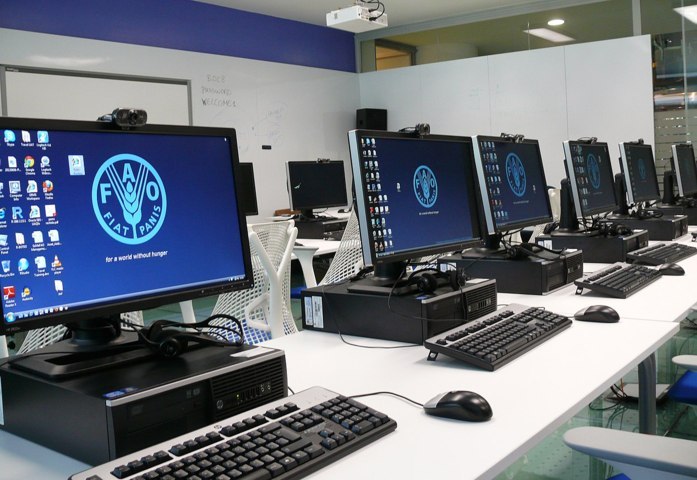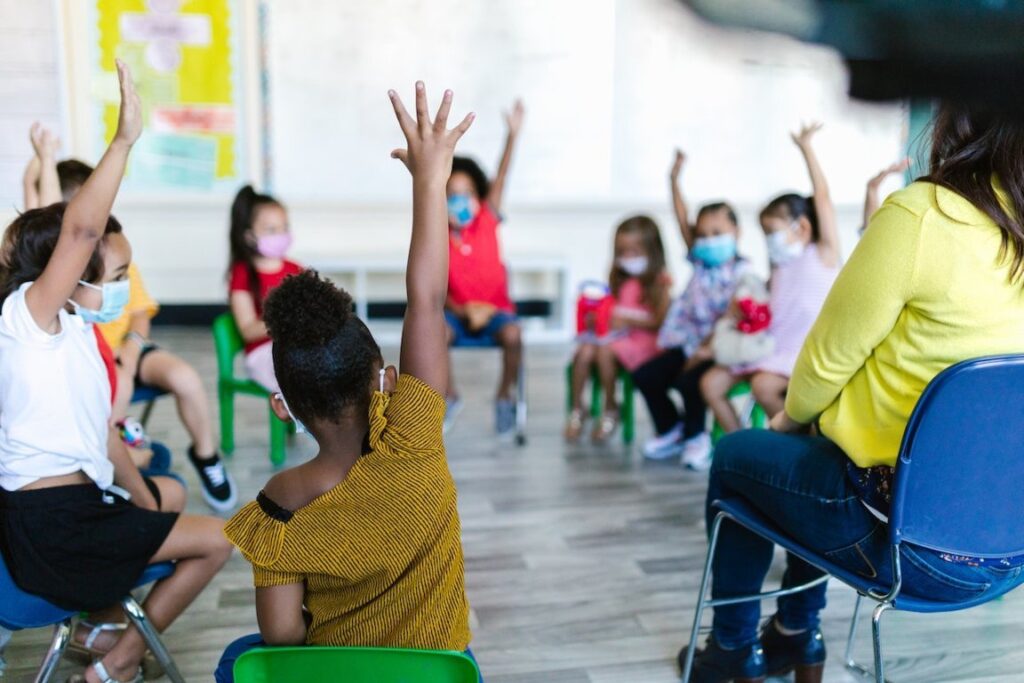Diversity in the classroom is often thought of in terms of race and ethnicity, but it can also refer to students with different abilities, backgrounds, experiences, and perspectives. Classroom diversity can be a challenge for teachers, but it can also be a strength if approached with inclusive pedagogy.
Classroom diversity is important because it allows students of all backgrounds to learn from each other. It also helps prepare students for the real world, where they will encounter people from all walks of life.
Classroom diversity is essential for preparing students to be global citizens. In today’s world, it’s more important than ever to be able to work with people from different cultures and backgrounds. By exposure to diverse perspectives in the classroom, students can develop the skills they need to be successful in an increasingly connected world.
Classroom diversity; prevalence
It is no secret that our society is becoming increasingly diverse. In fact, according to a recent study by the Pew Research Center, 43% of Americans believe that our country is becoming more racially and ethnically diverse. This trend is also reflected in the form of classroom diversity. A study by the National Center for Education Statistics found that in the 2011-2012 school year, 26% of public school students were from minority groups. This number is expected to continue to rise in the coming years.
With this increase in diversity comes a need for educators to be prepared to teach a wide range of students with different backgrounds and needs. One way to do this is through culturally responsive teaching. This approach recognizes the importance of incorporating students’ cultures to create a more inclusive and effective learning environment in classroom diversity.

Classroom diversity and inclusive education
Inclusive pedagogy is an approach to teaching that recognizes and values the diverse experiences and perspectives of all students. It is based on the belief that all students can learn and succeed when they feel valued, respected, and supported in the learning environment. An inclusive classroom is one that meets the needs of all students, including those with disabilities, English Language Learners (ELLs), and cultural or racial minorities. Here are some tips on how to create an inclusive classroom environment for all students:
-Get to know your students and their individual backgrounds and needs. This will help you tailor your instruction and accommodations to meet the needs of all your students.
-Create a safe and supportive learning environment where all students feel welcome, respected, and valued. This includes using positive discipline techniques that promote good behavior without singling out or shaming any individual student.
-Differentiate your instruction according to classroom diversity. This may include using technology, flexible grouping, and varying your instructional methods.
What are some specific strategies for inclusive pedagogy?
When it comes to inclusive pedagogy, there are a few specific strategies that can be implemented in order to create a more inclusive environment for classroom diversity. One strategy is to use cooperative learning groups in which students of different backgrounds are paired together. This allows for students to learn from each other and also fosters a sense of community and cooperation. Another strategy is to make sure that the curriculum is reflective of the diverse student population. This can be done by incorporating a variety of perspectives into the material, and by using primary sources whenever possible. Finally, it is important to create an atmosphere of respect in the classroom, where all students feel safe to express their opinions and share their experiences. By following these strategies, educators can create classrooms that are more inclusive and welcoming for all students.
Classroom diversity and its challenges
There are many challenges that come with teaching in a diverse classroom. One of the biggest challenges is making sure that all students feel included and comfortable in the classroom environment. This can be difficult to achieve when there are students from different backgrounds and cultures all trying to learn together. Another challenge is finding ways to teach effectively to such a wide range of students with different learning needs. This can be especially challenging when resources are limited. However, it is important to remember that diversity in the classroom can also be a strength, and by embracing it teachers can create an inclusive and enriching learning environment for all students.

The importance of classroom diversity and inclusive pedagogy
Inclusive pedagogy is key for classroom diversity. There are a number of reasons why inclusive pedagogy is so important. First, it helps to create a more diverse and representative classroom. When everyone feels like they belong and are valued, they’re more likely to participate in class. This can lead to a more dynamic and interesting learning environment for everyone involved. Additionally, research has shown that students who feel included in their classrooms are more likely to achieve academic success.
As our student population becomes increasingly diverse, it is important that our classrooms reflect this diversity. By creating a classroom environment that is welcoming and inclusive of all students, we can ensure that everyone has the opportunity to succeed.







Comments are closed.